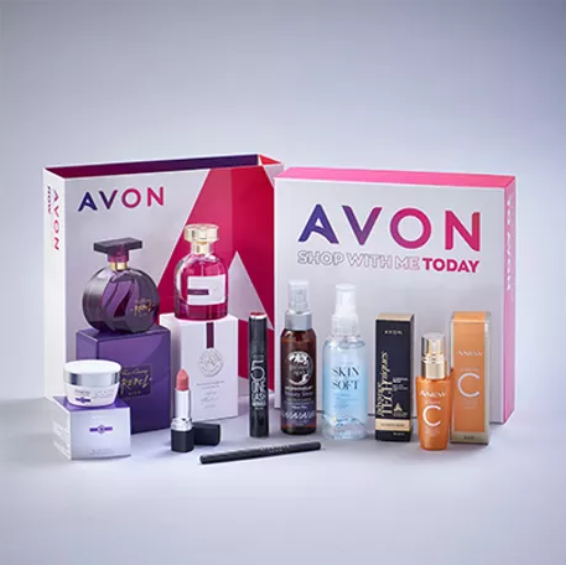Buzzwords, De-Buzzed: 10 Other Methods To Deliver Avon Starter Kits
How to Choose Your Kit Pick from a wide range of products available for customization. Create team unity by creating personalized jerseys, shorts and training tracksuits. A kit should include a personal locator beacon or satellite messenger as well as the tourniquet made of CAT. If you are diabetic carrying oral glucose is essential. Benadryl is an EpiPen and Benadryl for life-threatening allergies are crucial. What can you expect from your kit? What kind of kit to buy is a complex choice. First, think about what funny post or medical risk you face in the activities you take part in. For example, if you're an avid hiker, your gear may contain more tools to combat altitude or temperature extremes than someone who works in an office. Then, consider the place you'll put your kit. Different amounts of supplies can fit into a purse, backpack, or bug-out bag. It's also important to consider the way you'd like to keep your kit organized. This will aid you or others locate what they need when you're in an emergency. A well-organized emergency kit can save you time and reduce stress. This is especially true if you group together similar items (e.g. bandages and butterfly closures; gauze pads 4x4 and gauze rolls; SAM splints). How well do you know? It is impossible to know what you'll need in a crisis, so it is best to be prepared for the worst. A supply kit at work, at home and in your vehicle will help you be more prepared should you have to leave quickly. Keep these items in an easy-to-carry kit so they are easily accessible whenever you require them. This question will help you decide the type of experience, end result and goal that you want to achieve with your project. Do you prefer a simple project that you can complete in a few hours or would you like to challenge yourself with intricate designs? The right kit will provide you with the tools as well as the stitching experience and final result you want. What is your risk assessment? As a health and security representative, risk assessments are an an important part of your job. Before any changes are made, risk assessments must be carried out on all work activities. This is especially important when new products or information regarding hazards are made available. Plan the way you'll carry out the assessment and what resources you need (e.g. training tools and equipment). Also, consider what laws, regulations, codes standards, as well as internal policies must be followed when performing the assessment.  Take into consideration the long-term safety and health risks of your workplace. Talk to your co-workers, they might have noticed something not immediately apparent. They can help you identify potential problems. Data sheets and instructions from manufacturers can also help to highlight hazards and provide context. Be sure to check your accident and ill-health records as well – they can be very informative about what types of risks are present in your workplace. Use a comparative worksheet to compare and evaluate different kits available on the market. You can also classify them according to their importance. This is a document that you can refer back to in the future. Recording your findings don't have to be a huge exercise however, HSE only requires that companies with at least five employees document their major findings.
Take into consideration the long-term safety and health risks of your workplace. Talk to your co-workers, they might have noticed something not immediately apparent. They can help you identify potential problems. Data sheets and instructions from manufacturers can also help to highlight hazards and provide context. Be sure to check your accident and ill-health records as well – they can be very informative about what types of risks are present in your workplace. Use a comparative worksheet to compare and evaluate different kits available on the market. You can also classify them according to their importance. This is a document that you can refer back to in the future. Recording your findings don't have to be a huge exercise however, HSE only requires that companies with at least five employees document their major findings.